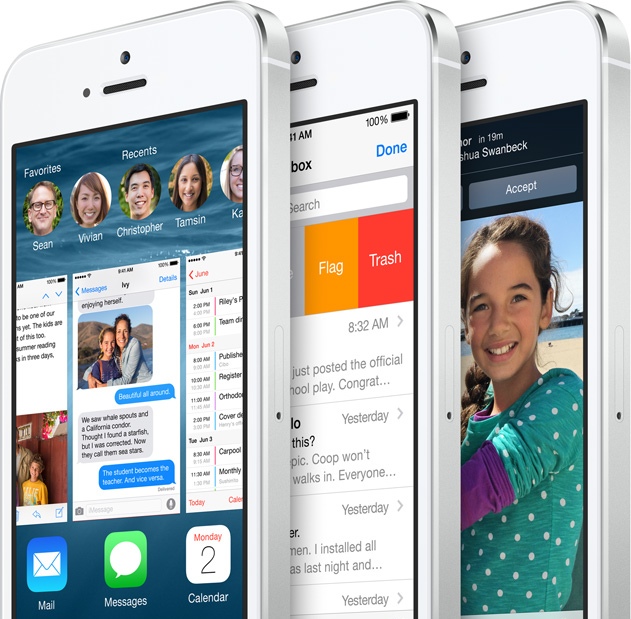Apple II keyboards were flanked by two logo-themed modifier keys. One, the outline of Apple’s logo, was known as Open Apple. The other, a silhouette of its logo, was called Closed Apple.
The yin-and-yang of these two symbols represent the struggle that Apple — indeed, all platform vendors — face in terms of when to open the tent to third-party providers of software and services and when to own the experience.
Historically, and especially when compared to its main mobile OS rival, Android, Apple has been known as a relatively closed platform. This was particularly true of iOS. Apple understood that the potential for malware was high and could spread quickly on an inherently connected device sold to unsophisticated users.
Its first approach was to dispense with native code altogether and encourage the development of Web apps; the functional equivalent of what today might be a Chromephone. But the opening of the App Store paved the way to millions of apps to flood the screens of iPhones and eventually iPads. Apple cracked open a sliver of flexibility for apps in offering limited and then full multitasking.
But the changes coming in iOS 8 will further thin the walls of the garden that is Apple’s mobile operating system. These include opening up its Messaging app to SMS and providing an API for TouchID, which Apple had previously restricted to unlocking and App Store purchases. It’s even offering an open beta of Yosemite, the next version of OS X.
But there have been even bigger changes. These include CloudKit, which puts services such as Dropbox, Microsoft OneDrive, and Google Drive on a nearly level playing field as Apple’s own forthcoming iCloud Drive.
Another is “extensibility,” which enables apps to embed functionality inside others. This enables the kind of flexibility in terms of sharing services and keyboard options that Android owners have enjoyed for some time. However, Apple is providing the functionality on its own terms, with sandboxes that it assures will keep iOS virtually free from malware. These come on the heels of Apple announcing its intent to purchase Beats Electronics, which would provide Apple’s first apps running on Android and Windows Phone.
Lest one think, though, that Apple is ready to fire up iTunes and play a rousing karaoke version of “Kumbaya” with its competitors, remember that the shift ultimately supports loyalty to its iOS products.
In no case was this clearer than with Continuity, a series of features that tie together OS X and iOS more closely than they’ve ever been before. These include taking calls and exchanging texts on you phone via your Mac and being able to continue editing documents on email on one platform after starting them on another. Unlike the capability to resume a streaming movie on Apple TV from a Mac, the features are not cloud-based.
And also fittingly, these changes have been announced on the heels of attacks from the Surface team about the hassle of having to switch between the MacBook and iPad versus using Microsoft’s keyboard-embracing tablet. Apple is also intent on upping its competitive advantage through initiatives such as Metal that greatly accelerates graphics on its own products.
Whether Apple’s wider embrace was driven by competition with a more open competitor or comfort with its own evolving openness, its changes will make for a more flexible and satisfying experience when using its products. But that embrace is also intended to keep customers for its devices close. And it has no plans to open up competitors to them.
Volume Up is a regular column on consumer technology and digital ecosystems. Ross Rubin is principal analyst at Reticle Research and founder and editor of the crowdfunding product site Backerjack. He also blogs about the tech industry at Techspressive.
VentureBeat's mission is to be a digital town square for technical decision-makers to gain knowledge about transformative enterprise technology and transact. Learn More

